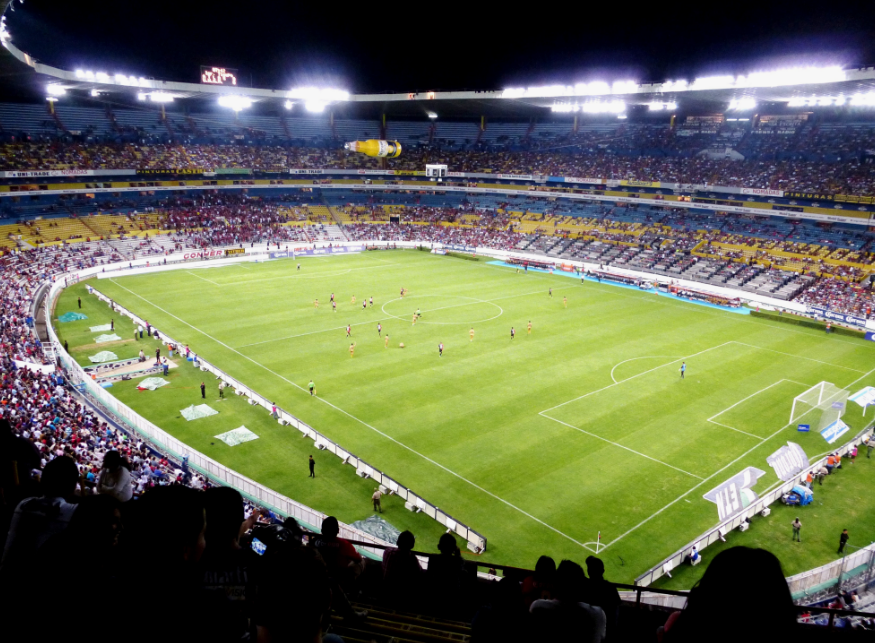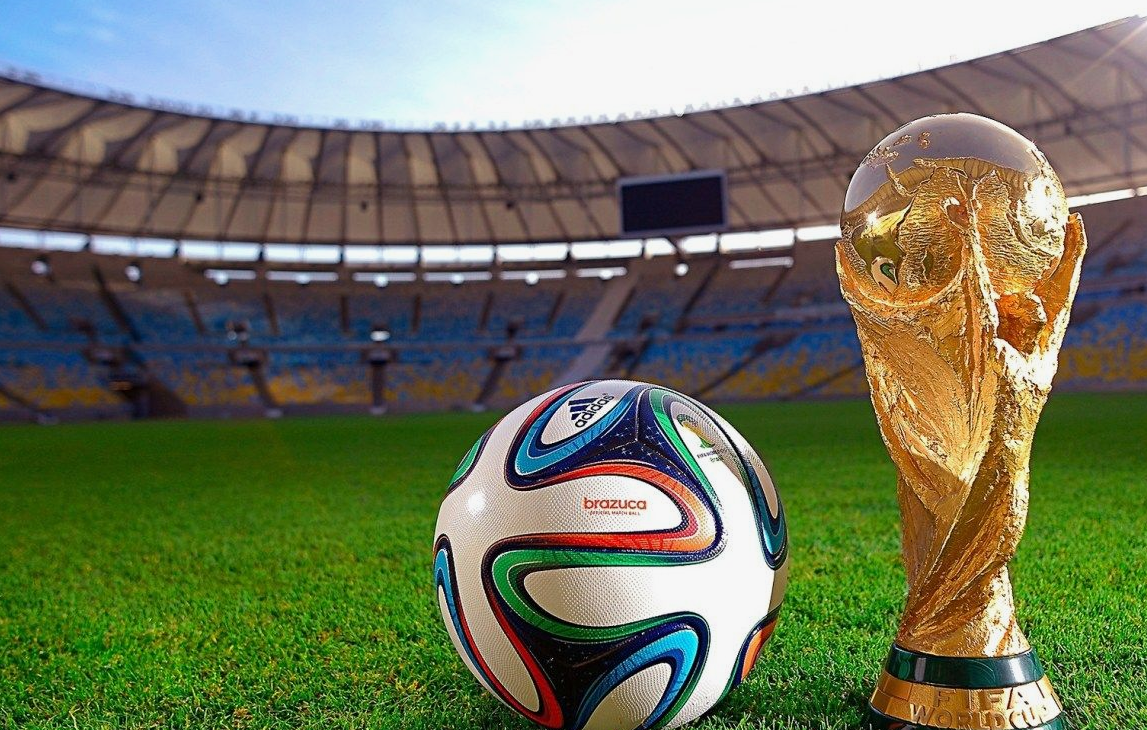Looking for soccer tips and strategies? Discover winning tactics for soccer games and improve your skills with expert advice. Soccer is a dynamic and competitive sport that requires strategic thinking and skillful execution. Whether you’re a player looking to enhance your performance on the field or a coach seeking effective strategies for your team, understanding the intricacies of soccer tactics is crucial.
From mastering the basics and staying fit to learning from professionals and focusing on weaknesses, there are numerous ways to elevate your game. Additionally, exploring formations, pressing and counterattacks, and set pieces can provide valuable insights into tactical approaches. Moreover, for those interested in betting strategies, options like corners, double chance, and goal-based markets offer potential opportunities for success. By delving into the diverse strategies and tactics available, you can enhance your soccer experience and achieve your desired outcomes.
Soccer Tips and Strategies

The Importance of Strategy In Soccer
Crafting effective soccer strategies is crucial for success on the field. Implementing formations, mastering pass-and-move tactics, and utilizing set pieces can elevate a team’s performance and lead to victory. By focusing on these key elements, players can enhance their gameplay and dominate the pitch.
Strategic Planning For Success- Soccer Tips and Strategies
Strategic planning is crucial in soccer as it helps the team achieve its goals. It involves analyzing the team’s strengths and weaknesses, identifying the opponent’s tactics, and coming up with a plan that maximizes the team’s strengths while minimizing its weaknesses. A good strategic plan includes setting goals, defining roles for each player, and deciding on the best formation for the team. By having a clear plan in place, the team can approach each game with confidence and increase their chances of success.
Tactical Approaches on The Field
Tactical approaches are the specific actions that a team takes on the field to achieve their strategic goals. There are many different tactical approaches in soccer, including passing and moving, wing play, pressing and counterattacks, and set pieces. Each approach has its strengths and weaknesses, and teams must choose the ones that work best for their players and the situation at hand. By executing the right tactics, the team can control the game, create scoring opportunities, and defend against the opponent’s attacks.
Key Skills For Soccer Players
Developing key skills as a soccer player is crucial for success on the field. Mastering fundamentals, regular match play, proper positioning, and consistency are essential strategies to enhance your performance and stand out in the game. Focus on improving these skills to elevate your soccer game to the next level.

Mastering Ball Control
Mastering ball control is essential for soccer players to navigate the field with precision.
Improving Passing Accuracy
Improving passing accuracy can greatly enhance team dynamics and create scoring opportunities.
Enhancing Shooting Techniques
Enhancing shooting techniques enables players to capitalize on goal-scoring chances effectively.
Fitness And Conditioning For Soccer
Fitness and conditioning are essential components of a successful soccer player’s training regime. A combination of endurance, strength, power, speed, and agility is crucial for excelling on the field. Let’s explore the specific aspects of fitness and conditioning for soccer players.
Endurance Training
Endurance is vital for soccer players as they need to cover large distances at varying speeds throughout a game. Endurance training for soccer should focus on improving cardiovascular fitness and stamina. High-intensity interval training (HIIT) and long-distance runs can help players build endurance and maintain their performance levels throughout the game.
Strength and Power Workouts
Strength and power are crucial for winning physical battles on the field and executing explosive movements. Strength training should target major muscle groups, emphasizing exercises such as squats, lunges, and deadlifts. Power workouts, including plyometric exercises and explosive movements, help players generate rapid force and speed, essential for sprints, jumps, and tackles during a match.
Speed and Agility Drills
Speed and agility are essential for quick transitions, evading opponents, and making fast, decisive movements. Incorporating agility ladder drills, cone drills, and shuttle runs into training sessions can improve a player’s footwork, reaction time, and change of direction. Speed training focusing on acceleration and top-end speed can give players an edge on the field.
Mental Preparation and Focus
When it comes to excelling in soccer, mental preparation and focus are as crucial as physical skills. Players need to develop the right mindset to handle the pressures of the game and stay focused on their goals. Here are some key strategies that can help in mental preparation and maintaining focus on the field.
Visualizing Success
Visualizing success is a powerful technique that can help players prepare mentally for the game. By mentally rehearsing successful outcomes, players can boost their confidence and motivation. Visualizing scoring a goal or making a crucial save can help players enter the game with a positive mindset, increasing their chances of success.
Maintaining Confidence
Maintaining confidence is essential for peak performance on the field. Players should focus on their strengths and past successes to build and maintain confidence. Setting achievable goals and acknowledging personal progress can contribute to a positive and confident mindset, allowing players to perform at their best.
Handling Pressure Situations
Handling pressure situations is a skill that separates great players from good ones. Players should learn to manage pressure by staying composed and focused during critical moments in the game. Developing mental toughness and using positive self-talk can help players stay calm and make effective decisions under pressure.
Effective Team Communication
On-field Communication
On-field communication is crucial for the success of any soccer team. Effective communication ensures that players are aware of their teammates’ positions, the movement of the opposition, and the overall game strategy. Players need to constantly communicate with each other to coordinate their movements, passing, and defensive strategies. Clear and concise communication on the field can significantly improve team performance.
Understanding Nonverbal Cues
In soccer, nonverbal cues play a significant role in communication. Players must understand and interpret nonverbal signals from their teammates, such as eye contact, body language, and hand gestures. These cues can convey important information during a fast-paced game where verbal communication may not always be feasible. Understanding nonverbal cues enhances the team’s coordination and responsiveness on the field.
Building Trust Among Teammates
Building trust among teammates is essential for effective communication on the soccer field. Trust encourages open and honest communication, leading to better teamwork and understanding. When players trust each other, they are more likely to communicate openly and rely on each other’s judgment and decision-making. Trust among teammates fosters a cohesive and united team, resulting in improved on-field communication and overall performance.
Training Techniques
Soccer training techniques play a crucial role in honing the skills and strategies of players. Mastering corner kicks, executing free kicks, and developing effective strategies for throw-ins are essential aspects of training that can significantly impact a team’s performance on the field.
Mastering Corner Kicks
Mastering corner kicks requires precision and strategic planning. Players must focus on their positioning, timing, and techniques to deliver accurate and impactful corner kicks. Coaches can emphasize the importance of coordination and communication among players to maximize the scoring potential from corner kick opportunities.
Executing Free Kicks
Executing free kicks demands skill and creativity. Players need to practice various techniques, such as power shots, curling shots, and knuckleballs, to keep the opposing team’s defense on their toes. Training sessions should include scenarios that simulate real-game situations to enhance players’ ability to convert free kicks into scoring opportunities.
Developing Effective Strategies For Throw-ins
Developing effective strategies for throw-ins involves tactical planning and awareness. Players should be trained to make quick decisions and execute throw-ins with precision to maintain possession or create goal-scoring opportunities. Coaches can encourage players to utilize throw-ins as strategic tools to advance the team’s position on the field.
Analyzing Opponents and Adapting
When it comes to soccer, a key aspect of success lies in the ability to analyze opponents and adapt strategies accordingly. By understanding the strengths and weaknesses of the opposing team, players and coaches can make informed decisions to gain a competitive edge.
Scouting Opposing Teams
Scouting the opposing team involves gathering valuable information about their playing style, key players, and tactical approaches. This process allows teams to anticipate the opponent’s moves and adjust their own game plan accordingly. Effective scouting can provide crucial insights that can influence the outcome of the match.

Making In-game Adjustments
During a soccer match, the ability to make in-game adjustments is essential for success. Coaches and players must be able to quickly identify weaknesses in the opponent’s defense or opportunities for attack. By adapting tactics on the fly, teams can exploit vulnerabilities and capitalize on scoring opportunities.
Exploiting Weaknesses
One of the key strategies in soccer is to identify and exploit the weaknesses of the opposing team. Whether it’s through quick counterattacks, set-piece plays, or targeted pressure on vulnerable players, teams can use their opponent’s shortcomings to gain an advantage. By staying alert and proactive, teams can turn weaknesses into scoring opportunities.
Staying Injury-free And Recovery Techniques
To stay injury-free and recover effectively in soccer, it’s crucial to focus on proper warm-ups, cooldowns, and stretching routines. Additionally, incorporating strength and conditioning exercises can help prevent injuries and promote faster recovery. Consistent hydration and rest are also essential for maintaining peak performance and minimizing the risk of injuries.
Staying Injury-Free and Recovery Techniques
Soccer is a physically demanding sport that requires players to be in good physical shape and have proper technique. However, even the most skilled players can fall victim to injuries, which can affect their performance and overall health. Therefore, it is important to have strategies in place to prevent injuries and recover from them effectively. In this article, we will discuss some tips and techniques for staying injury-free and recovering from injuries quickly.
Preventing Common Soccer Injuries
Prevention is always better than cure, and this is especially true in soccer. Some of the most common injuries in soccer include muscle strains, ligament sprains, and fractures. To prevent these injuries, players should:
– Warm up properly before each game or training session. This should include stretching and light exercises to get the blood flowing and loosen up the muscles.
– Wear proper protective gear, such as shin guards and cleats.
– Avoid overexertion and take breaks when necessary.
– Focus on proper technique and form to avoid unnecessary strain on the muscles and joints.
Proper Warm-Up and Cool Down
Warming up and cooling down are essential for preventing injuries and promoting recovery. A proper warm-up should include stretching, cardio exercises, and some light drills to prepare the body for the upcoming activity. After the game or training session, players should also cool down by doing some light exercises and stretching to help the muscles relax and reduce the risk of injury.
Utilizing Rest and Recovery Methods
Rest and recovery are crucial for preventing injuries and promoting healing. Players should ensure they get enough sleep, eat a healthy diet, and stay hydrated. Additionally, they should use recovery techniques such as ice baths, massage therapy, and foam rolling to help their muscles recover faster and reduce soreness.
Shooting Techniques
Shooting is a critical aspect of soccer, and players should focus on proper technique to avoid injuries and improve their accuracy. Some shooting tips include:
– Keeping your head down and eyes on the ball.
– Planting your non-kicking foot next to the ball.
– Using the inside of your foot for accuracy or the laces for power.
– Following through with the kick to ensure proper technique.

Frequently Asked Questions
What strategies are there for soccer?
Soccer strategies include formations, such as pass and move (Tiki-Taka), wing play, pressing, and set pieces. To improve, master basics, play regularly, watch professionals, work on weaknesses, stay fit, and set goals. Soccer tactics involve planning matches and creating a playing system that links formation to a style of play.
Betting strategies include corners, double chances, favorites, and goal-based markets.
How can I get better at soccer?
To get better at soccer, master the basics, play regularly, learn from professionals, focus on weaknesses, stay fit, and set goals.
What are tactics in soccer?
In soccer, tactics are strategic plans for matches, linking formation to play style, like attacking or counterattacking.
Conclusion
To improve your soccer game, focus on mastering basics, playing regularly, and learning from professionals. Set goals and stay consistent in your practice. Implement various strategies like formations, passing techniques, and betting strategies to enhance your performance on and off the field.




